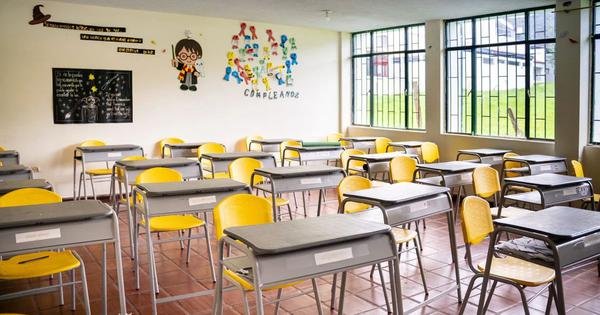AI Bots Are Worsening Education in Rural Colombia

In the small village of San José de Guaviare, María García, a dedicated high school teacher, faces a daunting challenge. Over the past year, her students’ performance in core subjects such as mathematics and literature has seen a sharp decline. The culprit, she suspects, is the pervasive influence of artificial intelligence bots that have become a staple in the educational framework of rural Colombia.
The Rise of AI in Education
Colombian schools, like many across the globe, have been quick to integrate AI tools into their educational systems, believing them to be a panacea for various educational shortcomings. The allure of these tools is understandable—they promise personalized learning experiences and the automation of administrative tasks. However, in rural areas, where resources are scarce and oversight is limited, the reality is far from the promise.
Education Crisis: Data and Trends
According to a report by the Colombian Ministry of Education, 65% of students in rural areas have experienced a drop in examination scores over the past year. Teachers like María report that students are becoming overly reliant on AI bots to complete assignments, leading to a superficial understanding of subjects.
| Year | Student Performance Increase | Student Performance Decrease |
|---|---|---|
| 2021 | 40% | 20% |
| 2022 | 15% | 65% |
This trend is concerning, as students who should be learning foundational concepts are instead graduating with minimal skills, a development noted by major tech outlets like TechCrunch and Gizmodo. The disparity between urban and rural education quality is widening, exacerbating the already challenging socio-economic differences.
Industry Opinions and Expert Insights
Experts are divided on the role AI should play in education, especially in regions lacking robust infrastructure. Dr. Júlia Martínez, an educational technologist at the University of Bogotá, argues that “AI should augment education, not replace the critical thinking and problem-solving skills that direct teacher-student interactions foster.”
On the other hand, some proponents suggest that AI has the potential to democratize education. However, according to a recent article in The Verge, the successful implementation of AI in education relies heavily on proper training and resources, which are often unavailable in remote Colombian villages.
Challenges and Opportunities
One of the primary challenges in rural Colombia is the limited access to digital infrastructure. Schools often lack the bandwidth and hardware to support the advanced capabilities of AI systems, leaving educators like Maria in a constant struggle to bridge the technological divide.
However, there are opportunities for improvement. By investing in teacher training and advocating for policy changes that support equitable resource distribution, the potential for AI to enhance rather than hinder education can be realized.
Conclusion
The story unfolding in rural Colombia is a cautionary tale for the global community. As technology continues to evolve, it is crucial for educators, policymakers, and technology developers to collaborate closely. By ensuring AI is used as a supportive tool rather than a crutch, the education system can nurture a generation equipped to face the challenges of the future.
For tech readers and industry leaders, the call to action is clear: advocate for responsible AI integration in education, and support initiatives that provide the necessary resources to the most vulnerable regions. The future of education depends on today’s decisions.




[…] AI bots are worsening education in rural Colombia […]